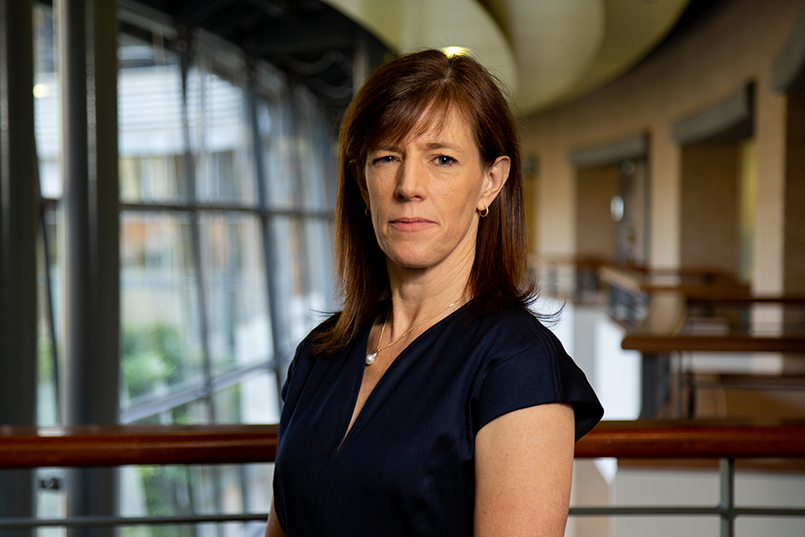Effective change leadership and the power of the people around you
Being comfortable with the uncertainty of change is a powerful tool for leaders to develop. The ability to critically reflect, refresh and renew is crucial, but being able to engage and motivate people is just as important.

